Handam Coastal Trail (한담해안산책로)
7.6Km 2024-04-01
Gwakji-ri, Jeju-si, Jeju-do
Handam Coastal Trail, also known as the Gwakgeum Olle Trail, is established along the shore from Aewol Port to Gwakjigwamul Beach. It beautifully harmonizes with the surrounding landscape. The trail runs 1.2 kilometers and visitors can walk on this coastal trail as waves crash right next to them. It is one of the "hidden gems of Jeju city" selected by the city in 2009 when 31 famous spots in Jeju-si other than the existing tourist attractions were chosen and announced. Uniquely-shaped rocks made by cooled and hardened lava grab the attention of passersby, and the trail that continuously winds along the beach featuring black rocks adds an element of excitement. Another appealing point is that it is a great place to watch the beautiful sunset as it is located on the west side of Jeju Island.
CU - Jeju Hallimhang Harbor Branch [Tax Refund Shop] (cu제주한림항점)
7.6Km 2024-06-27
160, Hallimhaean-ro, Hallim-eup, Jeju-si, Jeju-do
-
Hallim Port (한림항)
7.7Km 2024-11-07
192 Hallimhaean-ro, Jeju-si, Jeju-do
◎ Travel information to meet Hallyu’s charm - "Our Blues"
It is also called the North Breakwater of Hallim Port because it is located in the northern part of Hallim Port. It was the place where Min Seon-ah (played by Shin Min-a) tried to end her life by throwing herself into the water. It extends for about 1,500 meters toward the sea, so you can enjoy the feeling of walking on the sea. On days when the sky is clear and the sea is calm, the sparkling water surface is even more dazzling. If you walk while watching the fishing boats come and go from the port, you will reach the end of the breakwater where you can see the white lighthouse and Biyangdo Island. It takes about 30 minutes on foot.
Jeju Olle Trail - Route 15 (Hallim - Gonae Olle) ([제주올레 15코스] 한림-고내 올레)
7.7Km 2021-06-14
196, Hallimhaean-ro, Jeju-si, Jeju-do
+82-64-762-2190
Route 15 runs through a deep forest to the mid-mountainous area. The mountainous area provides a view of crop fields, forest, and dirt roads. Geumsan Park is the hidden gem of the trail. The trail ends at Gonaepogu Port, providing a chance to see all the different sections of the island.
Aewolian (애월리안)
7.8Km 2021-09-06
4, Aewon-ro, Jeju-si, Jeju-do
+82-64-799-5535
A seafood specialty restaurant located in Jeju-si, Jeju-do. The most famous menu is grilled assorted seafood. The chef is from the hotel.
Jeju Olle Trail - Route 16 (Gonae - Gwangnyeong Olle) ([제주올레 16코스] 고내-광령 올레)
7.8Km 2021-06-14
1111-2, Gonae-ri, Jeju-si, Jeju-do
+82-64-762-2190
Route 16 connects the beautiful coastal walk to mid-mountainous area. The trail goes from Gonae to Guam, where visitors can enjoy indigo-colored sea, saltern, reservoir, tall trees, old fortress, villages, and more.
Starry Night Jeju (스테리나잇 제주)
7.8Km 2024-12-13
37 , Aewol-ro, Jeju-si, Jeju-do
+82-10-2419-0578
Located in Aewol, Jeju Island, Starry Night offers sea views from all rooms overlooking Handam Beach. There are restaurants and convenience stores on the first floor, and there are rooms on the second and third floors. There are nine guest rooms divided into Basic rooms for two people, Classic rooms for two to four people, and Suite rooms for four to eight people. All rooms are equipped with a kitchen. The view of Jeju's blue sea through the window wall is the greatest charm of this place. Nearby tourist attractions include Gwakji Gwamul Beach and Aewol Cafe Street.
Moonsso Jeju Hyeopjae (문쏘 제주협재점)
7.9Km 2024-03-20
15-5 Hallimsang-ro, Hallim-eup, Jeju-si, Jeju-do
Moonsso is located near Ongpo-ri Port. It is a fusion restaurant inspired by the cuisine of Okinawa. Its signature menu is the Chinese-style Sand Crab Curry, which features a whole Jeju sand crab. Indeed, this restaurant uses Jeju specialties like sand crab, black pork, and mackerel to create unique menus. Moonsso is one of the Top 100 restaurants chosen by Ctrip "Misingnim," the “Asian Michelin Guide”, in recognition of its fine dining offerings made using Jeju’s local specialties. From the entrance, there are five different concepts of interior rooms, each with its own uniquely photogenic atmosphere in both exterior and interior. Nearby sights include Hyeopjae Beach and Geumneung Beach.
Umu Hallim Branch (우무)
7.9Km 2024-11-07
542-1 Hallim-ro Hallim-eup, Jeju-si, Jeju-do
This dessert place is popular for a pudding made from a gar (a type of seaweed) sourced from hanyeos (women divers). You can only do a take-out here, and one team can visit inside the shop at a time.
Bomnal Café (봄날카페)
7.9Km 2024-02-20
25 Aewol-ro 1-gil, Aewol-eup, Jeju-si, Jeju-do
Bomnal café, the first to open on Handam Beach in Aewol, is celebrated for its Jeju hallabong ade. Known for its beautiful sea views, visitors can enjoy their drinks surrounded by colorful murals and charming gift items, all against the backdrop of the sea. The café also features a gift shop filled with Jeju souvenirs.

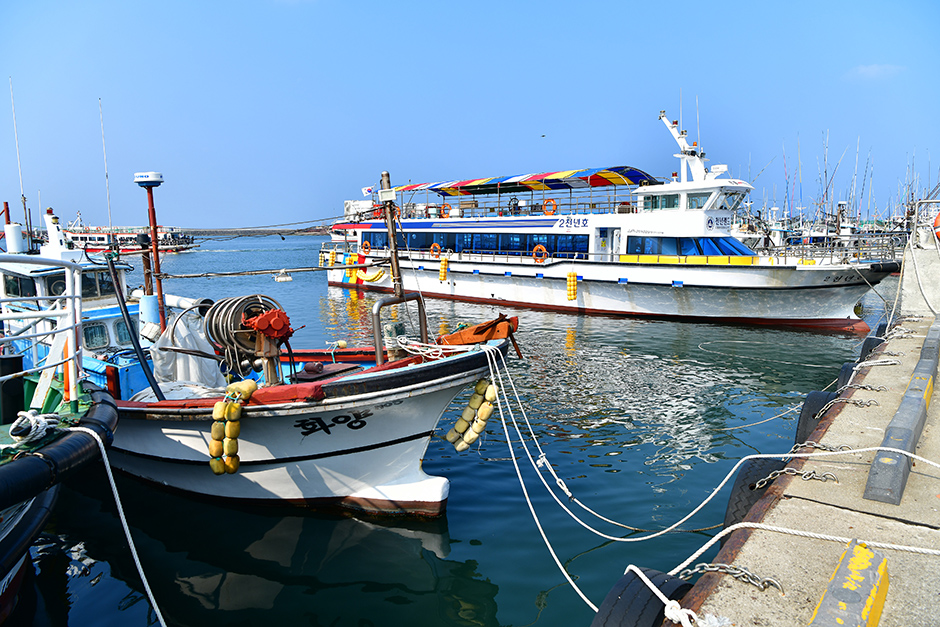
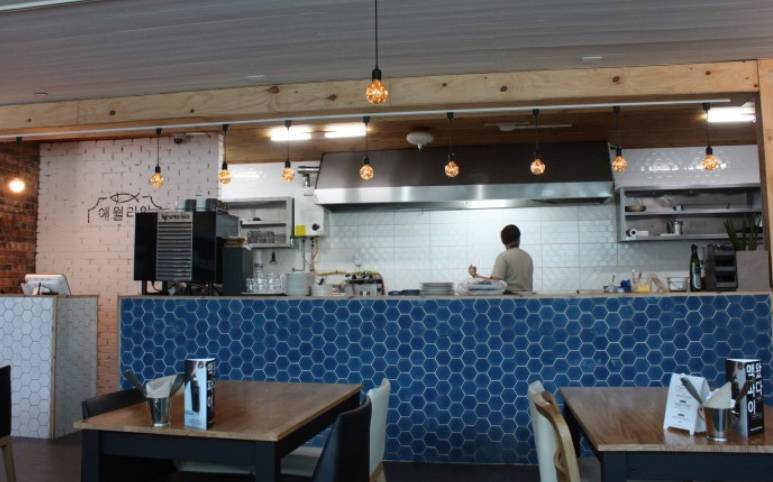
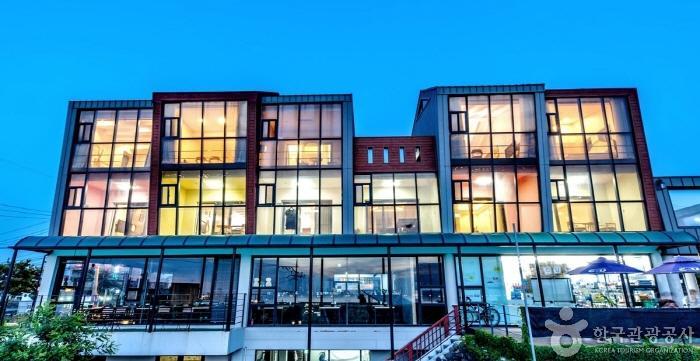
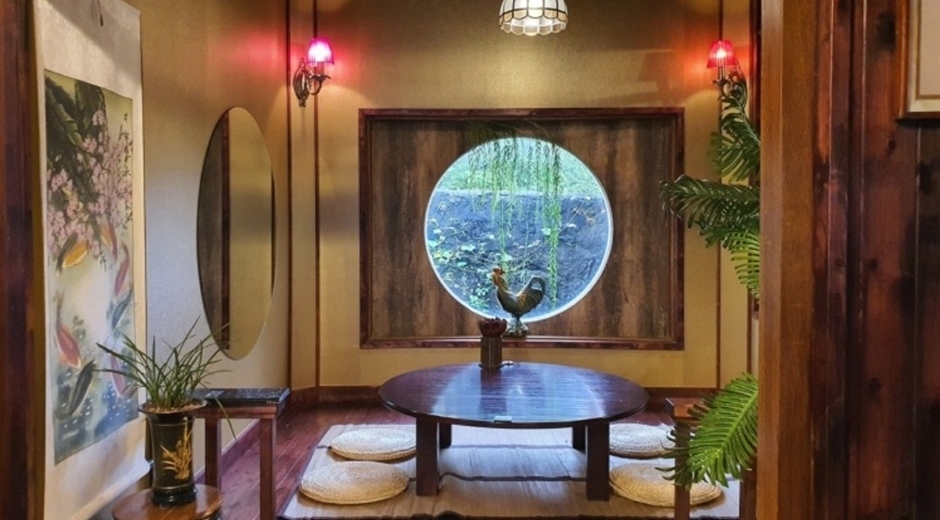
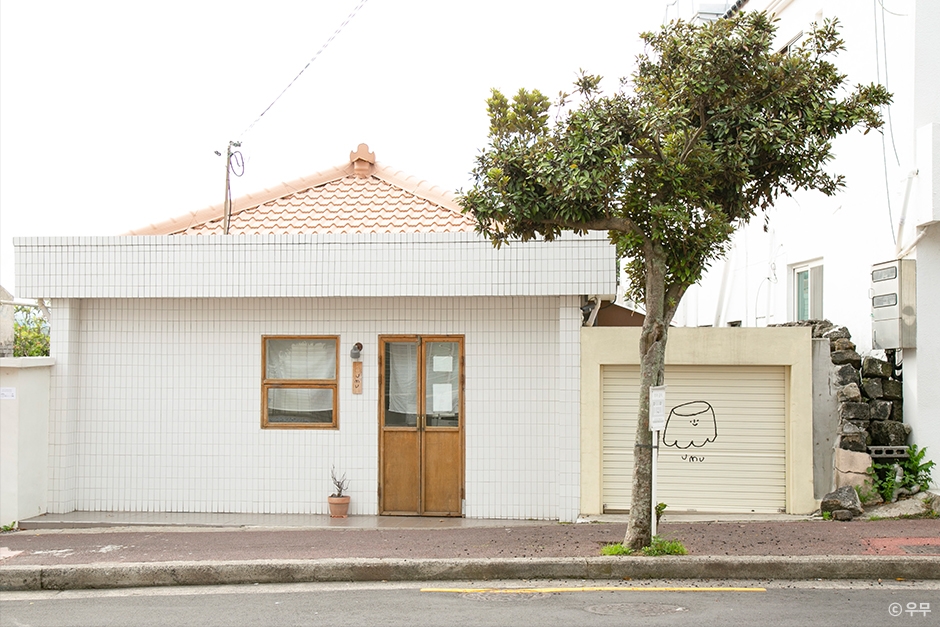
 English
English
 한국어
한국어 日本語
日本語 中文(简体)
中文(简体) Deutsch
Deutsch Français
Français Español
Español Русский
Русский